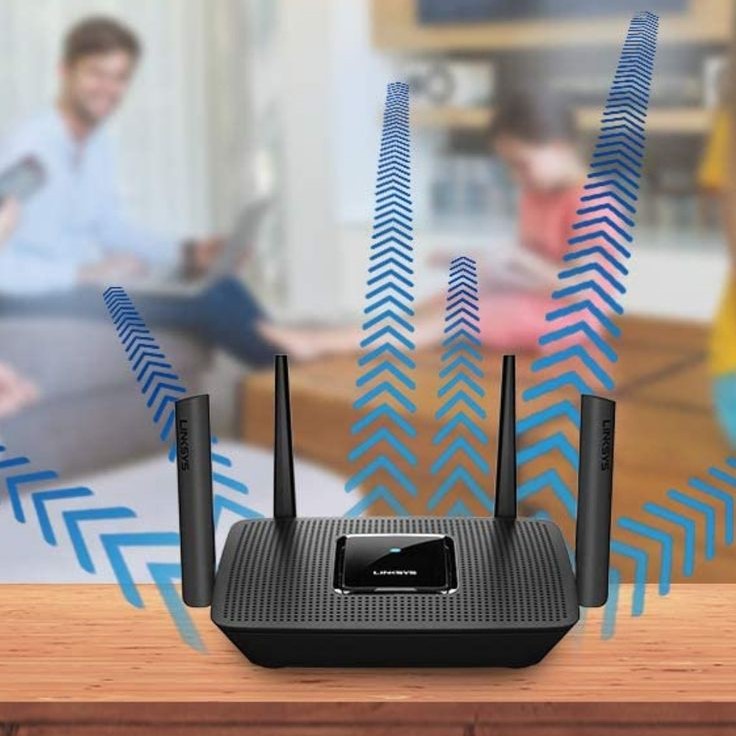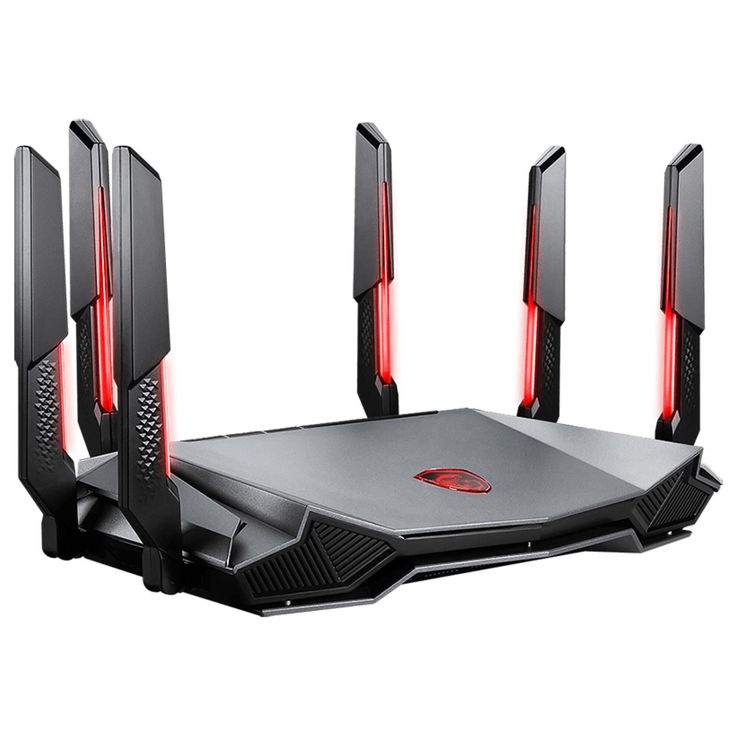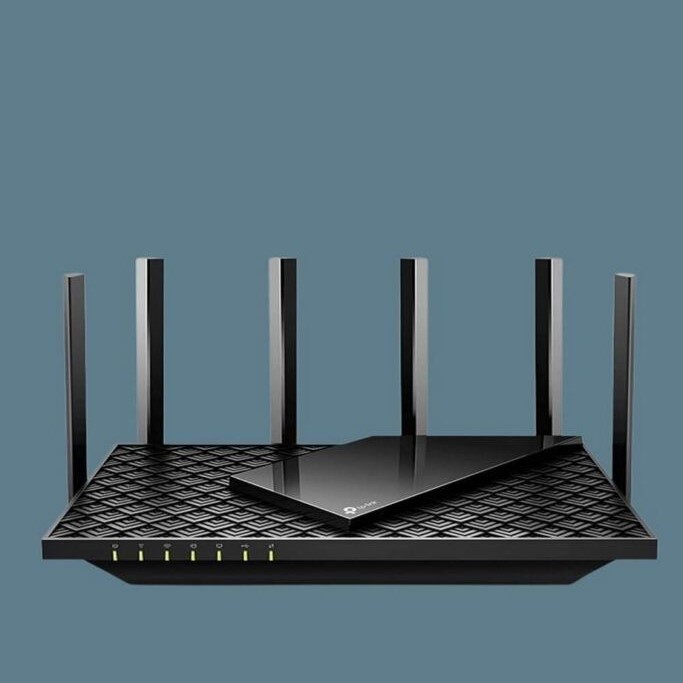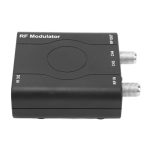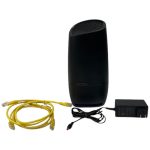Contents
Introduction: The Evolution of Wi-Fi Technology
As we move into a world driven by connectivity, the introduction of the wifi 7 router marks a significant advancement in networking technology. With the rapid growth of smart devices and high-definition streaming, improved performance and higher speeds have become essential. Wi-Fi 7 is designed to meet these demands, offering substantial improvements over previous generations, particularly Wi-Fi 6. In this article, we will explore how Wi-Fi 7 differs from its predecessors, the benefits it provides, and whether upgrading to a Wi-Fi 7 router is the right choice for you.
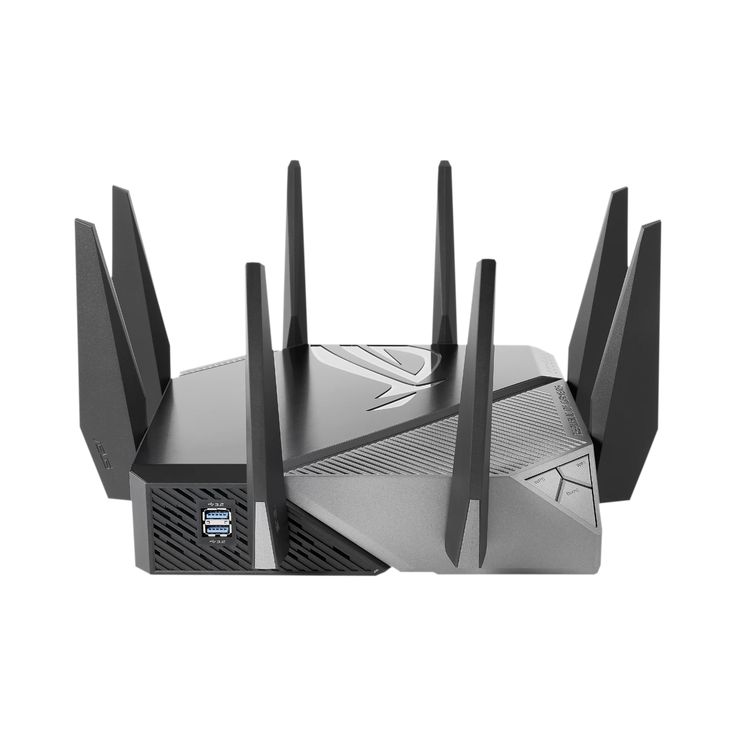
Understanding Wi-Fi Generations: A Brief Overview
Before diving into the specifics of Wi-Fi 7, it’s important to understand the evolution of Wi-Fi technology. Each new generation has been designed to address the growing needs for speed, reliability, and range:
WiFi 4 (802.11n)
- Introduction and Release: Wi-Fi 4, standardized as 802.11n, was introduced in 2009 and marked a significant evolution in wireless networking technology.
- Speed Capabilities: This version offered maximum speeds of up to 600 Mbps, which was a notable improvement over earlier Wi-Fi standards, such as 802.11g, which maxed out at 54 Mbps. This increase in speed allowed for better streaming, downloading, and general internet usage.
- Enhanced Range: Wi-Fi 4 also introduced improvements in range compared to its predecessors. It utilized multiple antennas (MIMO technology) to help maintain connections over greater distances.
- Drawbacks in Crowded Environments: Despite its advancements, users often faced slowdowns in crowded environments, such as apartment buildings or public spaces. High traffic and multiple devices could lead to interference and reduced speeds.
Wi-Fi 5 (802.11ac)
- Introduction and Release: Released in 2014, Wi-Fi 5, known as 802.11ac, built upon the capabilities of Wi-Fi 4 with further enhancements.
- Speed Improvements: Wi-Fi 5 significantly improved maximum speeds, reaching nearly 3.5 Gbps. This development catered to the growing demand for high-definition video streaming, online gaming, and heavy data transfer.
- MU-MIMO Technology: One of the standout features introduced with Wi-Fi 5 was Multi-User Multiple Input Multiple Output (MU-MIMO) technology. MU-MIMO allowed routers to communicate with multiple devices at the same time, rather than one at a time, creating a more efficient network environment and reducing wait times for individual users.
- Wide Channels: Wi-Fi 5 utilized wider channels (up to 160 MHz) to further increase throughput and speed. This feature enabled the network to accommodate more data simultaneously.
WiFi 6 (802.11ax)
- Introduction and Launch: Launched in 2019, Wi-Fi 6 is also known as 802.11ax and represents a major advancement in wireless technology designed to meet the demands of modern households and businesses.
- Enhanced Performance in Congested Areas: One of the key improvements offered by Wi-Fi 6 is its ability to perform better in congested environments, making it ideal for dense living spaces or public areas with many users.
- Maximum Throughput: Wi-Fi 6 boasts an impressive maximum throughput of up to 9.6 Gbps. This capability allows for even faster data transmission, supporting multiple high-demand applications simultaneously.
- OFDMA Technology: Another groundbreaking aspect of Wi-Fi 6 is the implementation of Orthogonal Frequency Division Multiple Access (OFDMA). This technology allows routers to distribute wireless traffic more efficiently, enabling multiple signals to be sent in the same channel concurrently. This efficiency reduces latency and improves overall network responsiveness.
Wi-Fi 7 (802.11be)
- Expected Release: Wi-Fi 7, officially known as 802.11be, is anticipated to be fully available in 2024 and is set to build on the advancements made by Wi-Fi 6.
- Significant Speed Improvements: Wi-Fi 7 aims to push maximum speeds beyond 30 Gbps. This leap is crucial as households and businesses increasingly demand higher bandwidth for applications such as augmented reality (AR), virtual reality (VR), and ultra-high-definition video streaming.
- Enhanced Efficiency and Capacity: In addition to increased speed, Wi-Fi 7 will introduce new technologies designed to enhance both efficiency and capacity. This will allow for better performance in environments with a high density of devices, significantly reducing congestion and improving network stability.
- Wider Channels and Advanced Techniques: Wi-Fi 7 is expected to use wider channels (up to 320 MHz) and advanced techniques to maximize the potential of frequency bands, further enhancing data rates and overall user experience.
This evolution illustrates the ongoing efforts to enhance wireless communication to meet the demands of emerging technologies.
Key Advancements with Wi-Fi 7 Routers
Wi-Fi 7 routers introduce several key features and advancements that set them apart from previous generations. Here are the most notable changes:
- Increased Speed: One of the standout features of Wi-Fi 7 is its capacity for significantly higher maximum speeds. With speeds projected to exceed 30 Gbps, users can enjoy smoother streaming, faster downloads, and better performance for gaming.
- Enhanced Multi-User Capacity: Wi-Fi 7 introduces improved MU-MIMO technology, allowing routers to handle more simultaneous connections efficiently. This is particularly beneficial in households with multiple devices competing for bandwidth, such as IoT devices, laptops, and smartphones.
- OFDMA Enhancements: Building on Wi-Fi 6’s OFDMA technology, Wi-Fi 7 takes this a step further, allowing efficient data packaging. This helps reduce latency and congestion, especially in busy networks—ideal for homes with many connected devices.
- Higher Frequency Bands: Wi-Fi 7 operates in the 2.4 GHz, 5 GHz, and newly introduced 6 GHz bands. This increases available bandwidth and reduces interference, resulting in better performance overall.
- Adaptive Modulation: Wi-Fi 7 employs new modulation techniques, allowing for improved data rates within the same bandwidth. This can lead to faster speeds for devices that support it, even in less-than-optimal conditions.
These technical advancements significantly enhance user experience by improving internet speed, reliability, and performance in various environments.
Is Wi-Fi 7 Better than Wi-Fi 6?
When comparing wifi 7 router to Wi-Fi 6, many users may wonder whether the upgrade is worthwhile. Here are some considerations:
- Speed Improvement: Wi-Fi 7’s capability to reach faster speeds far surpasses Wi-Fi 6’s limits. For heavy users, such as gamers and content creators, this increase can make a noticeable difference.
- Greater Efficiency: Thanks to advancements like improved MU-MIMO and OFDMA, Wi-Fi 7 routers offer better performance in busy environments. If you have many devices connected simultaneously, Wi-Fi 7 can provide a better experience.
- Future-Proofing: Investing in Wi-Fi 7 could serve as a long-term solution. With the number of smart devices in homes increasing, having the latest technology can ensure your network stays current for years.
- Cost Considerations: Wi-Fi 6 devices are typically less expensive than their Wi-Fi 7 counterparts. If your current internet usage doesn’t demand cutting-edge technology, upgrading might not be necessary at this time.
Ultimately, whether to upgrade depends on individual needs and the devices in use.
Is Wi-Fi 7 Overkill?
For some users, the advanced capabilities of wifi 7 router may seem excessive. Here’s what to consider:
- Current Usage: If your online activities mainly consist of web browsing, streaming in standard definition, or social media, a Wi-Fi 6 router may suffice. The benefits of Wi-Fi 7 may not be felt in these scenarios.
- Device Compatibility: Many current devices may not harness the full potential of Wi-Fi 7. If your devices are Wi-Fi 5 or older, investing in a Wi-Fi 7 router may not yield immediate benefits.
- Internet Speed: Evaluate your internet service provider’s speed. If you’re on a lower bandwidth plan, even the best router won’t improve your experience. In such cases, upgrading your plan might be a better investment than moving to Wi-Fi 7.
In these situations, users should evaluate their specific circumstances to determine if opting for wifi 7 router is necessary or simply overkill.
Is Wi-Fi 7 a Thing Now?
With the anticipated release date drawing near, wifi 7 router is certainly on the horizon. Here’s the current landscape:
- Expected Release: Wi-Fi 7 is set to roll out fully in 2024. Many manufacturers are starting to develop and test devices compatible with this new technology, generating anticipation among tech enthusiasts.
- Early Adopters: Some users may already be able to purchase early implementations of Wi-Fi 7 technology. Be sure to research the devices available and their compatibility with the latest features.
- Future Developments: The Wi-Fi Alliance has been actively promoting the advancements of Wi-Fi 7, ensuring awareness. As the launch date approaches, there will likely be more discussions about specific use cases and benefits.
As the technology continues to evolve, staying informed will help users make educated decisions regarding their networking needs.
Conclusion: Embrace the Future with Wi-Fi 7 Routers
In summary, the wifi 7 router represents a significant leap forward in wireless technology. The advancements in speed, efficiency, and user capacity can dramatically enhance the internet experience and cater to modern demands from busy households and competitive gamers. While assessing whether to upgrade to Wi-Fi 7, consider your current internet usage, device compatibility, and the benefits this new generation brings.
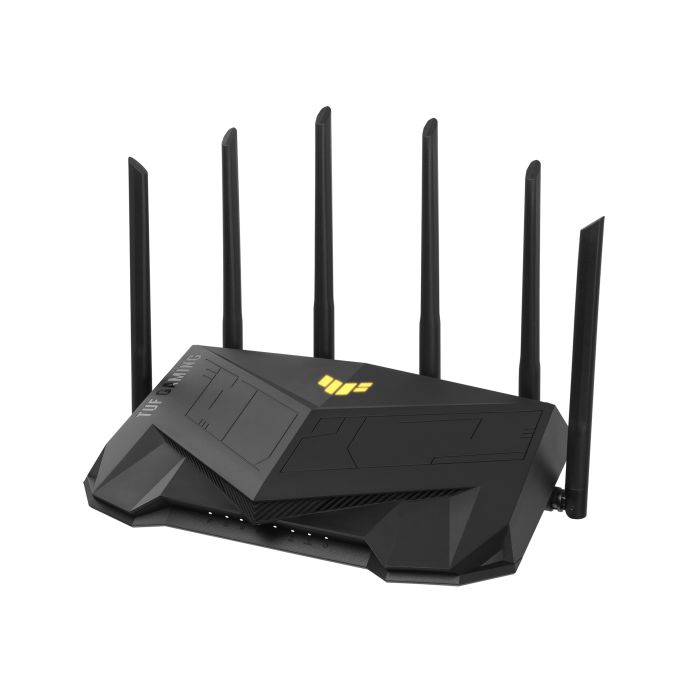
Whether you choose to wait for full deployment or jump on the latest offerings, understanding the features and benefits of Wi-Fi 7 will empower you to make informed decisions about your home networking solutions. With the future of seamless connectivity ahead, being prepared for Wi-Fi 7 technology can set you up for optimal online experiences for years to come.
